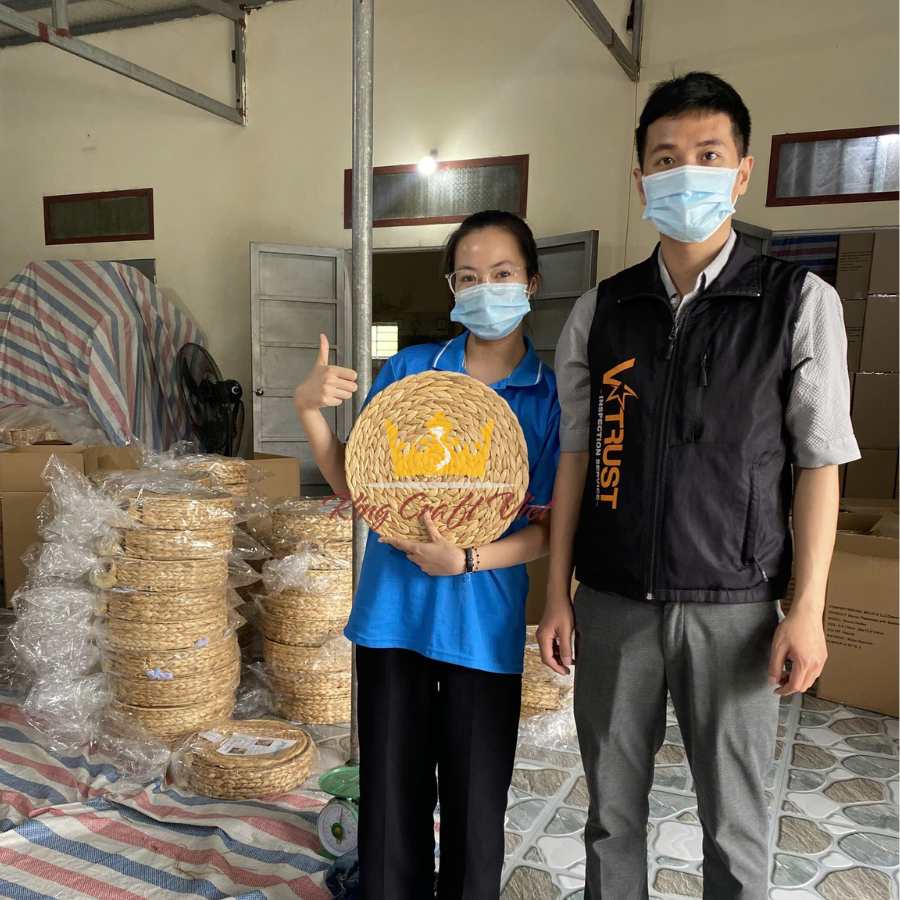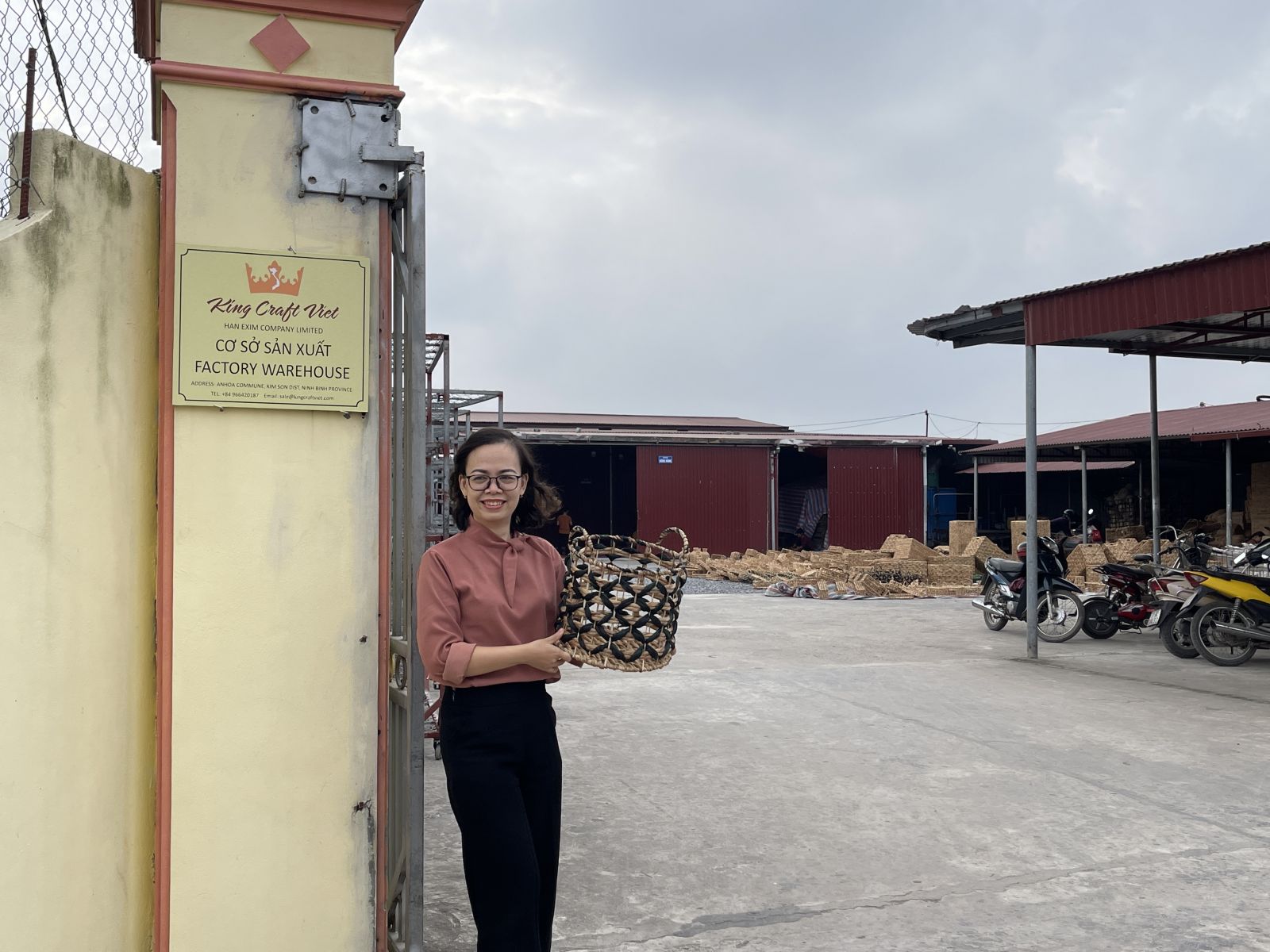Handicraft imports provide unique, high-quality products that can elevate any business’s offerings. For wholesale buyers, optimizing this import process is crucial to ensure profitability, efficiency, and customer satisfaction. Here, we’ll delve into essential strategies that can streamline your experience when importing handcrafted goods.
Understanding the Market and Product Specifications
Conduct Thorough Market Research
Before committing to an import order, wholesale buyers should deeply understand the market demand for handicrafts. Identify which items are trending, the materials preferred by your target audience (e.g., bamboo, rattan, seagrass), and how these products align with your business goals.
Tip: Use targeted phrases like “popular handicraft products” and “demand for eco-friendly goods” in your research to refine your search results.
Detailed Product Specifications
Quality assurance starts with knowing exactly what to expect. Request detailed product specifications from your supplier. These should include material types, sizes, weight, color options, and potential customizations.
Checklist for buyers:
- Material composition and sustainability
- Durability and finish quality
- Compliance with safety standards
- Packaging requirements for bulk shipments
Partnering with Reliable Suppliers
Choosing Trustworthy Export Partners
Finding a reliable supplier is vital for a successful importing process. Choose partners with a proven track record, experience in international shipping, and positive client feedback. Look for suppliers who provide transparent communication and can meet deadlines consistently.
Tip: Vet potential suppliers by checking industry certifications, such as ISO or fair-trade labels, to ensure credibility and ethical production practices.
Building Long-Term Relationships
Strong, long-term partnerships with suppliers often result in better pricing, priority treatment, and reliable product quality. Invest time in nurturing these relationships by maintaining regular communication, visiting production facilities if possible, and discussing long-term business plans.
Streamlining Logistics and Documentation
Prepare for International Shipping Challenges
Shipping handicrafts can present unique challenges, such as product fragility and varying customs regulations. Work with logistics partners experienced in handling delicate, bulk shipments and who are familiar with the import-export processes of your target country.
Logistics Tips:
- Packaging Solutions: Ensure the products are well-packaged to prevent damage during transit.
- Shipping Methods: Compare sea and air freight options based on delivery time and budget.
- Insurance Coverage: Invest in adequate shipping insurance for peace of mind.
Documentation and Compliance
Ensure all necessary import documents are prepared in advance, such as:
- Commercial invoice and packing list
- Bill of lading or airway bill
- Certificate of origin
- Compliance certificates as required by your region
Working with a customs broker can simplify this process, reducing the risk of delays due to incomplete documentation.
Quality Assurance and Inspection
Implement Rigorous Quality Control Measures
To ensure product quality matches your expectations, consider hiring an independent inspection agency or performing random sample checks before shipping. This step can help mitigate issues related to consistency and quality discrepancies.
Inspection Best Practices:
- Inspect product samples before bulk production begins.
- Ensure on-site inspections during manufacturing.
- Perform final inspections after products are packed but before shipment.
Addressing Quality Issues Early
In case of issues found during inspections, collaborate proactively with the supplier to resolve them. Addressing potential problems before the products are shipped can save time, money, and protect your business reputation.

Maximizing Cost-Effectiveness
Bulk Buying and Negotiation Strategies
Ordering larger quantities often results in better pricing. To maximize cost-effectiveness, plan your purchases strategically and negotiate volume discounts with suppliers. Transparent communication about your purchasing capacity can help secure more favorable terms.
Forecasting and Order Planning
Anticipate future demand by forecasting trends and planning orders well in advance. This helps avoid last-minute orders that may result in higher shipping costs and rushed quality control checks.
Optimizing the import process for handicrafts as a wholesale buyer involves meticulous planning, strong supplier relationships, and an understanding of logistics and compliance requirements. By taking a strategic approach, you can ensure a smooth, efficient process that aligns with your business goals and guarantees customer satisfaction.
Partnering with the right supplier is essential for a successful importing experience. King Craft Viet specializes in producing high-quality handicraft items made from natural materials such as rattan, bamboo, seagrass, and water hyacinth. With years of experience and a reputation for reliability, we offer tailored solutions that include low minimum order quantities (MOQ) to suit different business scales. Our expertise in quality craftsmanship and international export logistics ensures a seamless, professional experience for wholesale buyers. Reach out to us today to learn how we can support your business with our sustainable, exquisite handicrafts.





